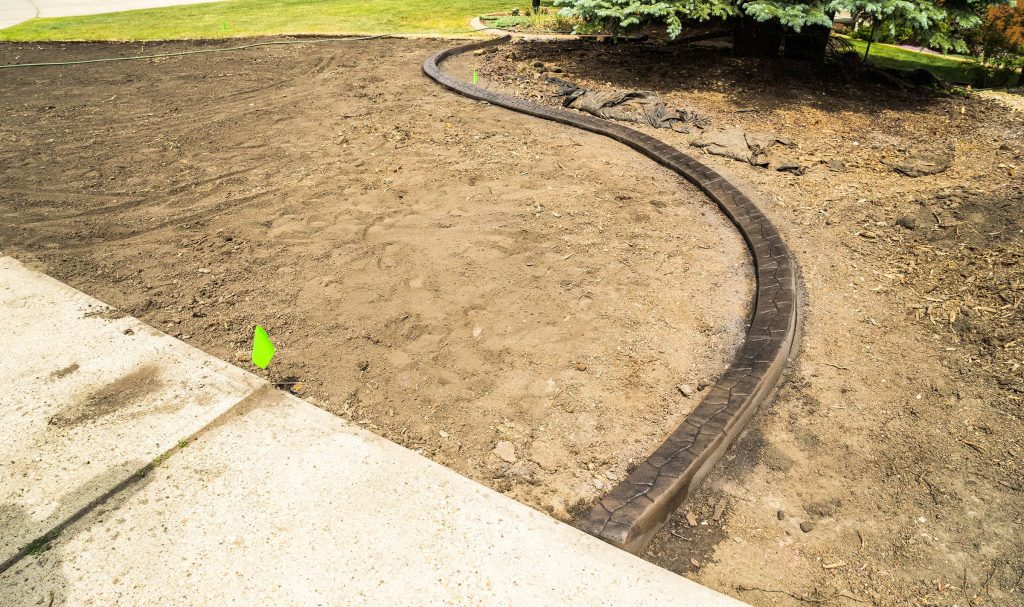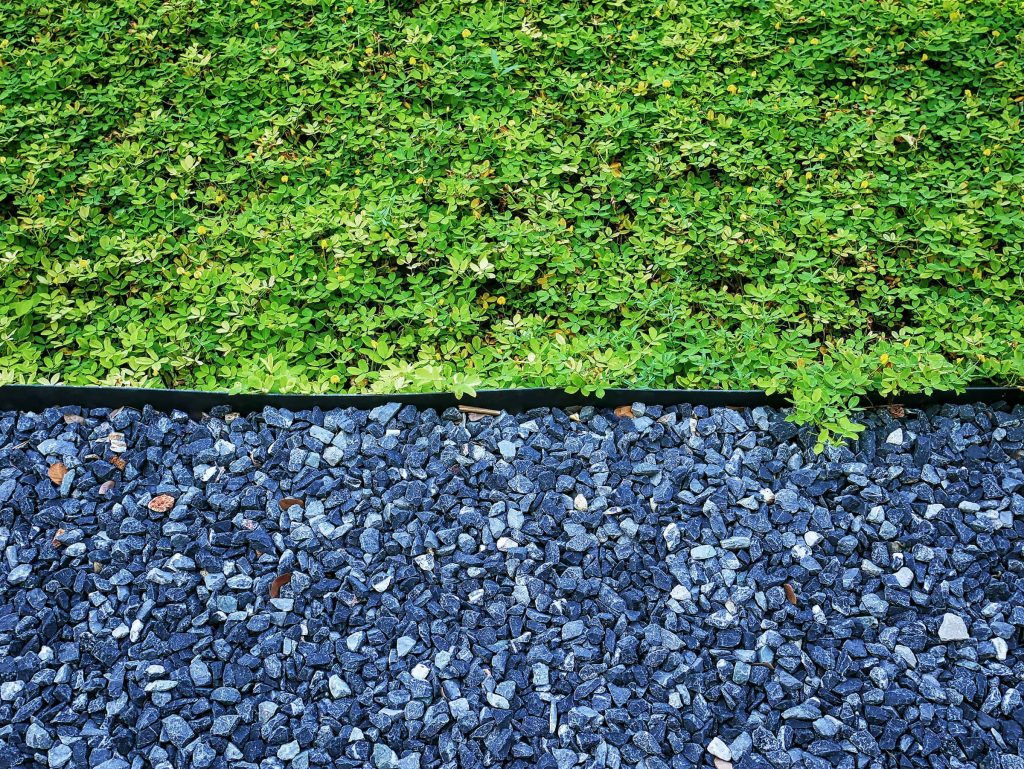What Is The Best Material For Landscape Edging?
Are you looking to add a neat, attractive edging to your landscape? Edging is essential to any landscaping project – it serves as the perfect finishing touch. But what’s the best material for landscape edging? As professionals in this field, we can tell you that there are several options out there, and each one has its own advantages. In this article, we’ll explore the different types of materials available so you can make an informed decision about which product will work best for your situation. Keep reading to find out more!
The first option is metal edging – aluminum or steel are the most common choices. Metal provides a strong border with clean-cut lines that give your garden an elegant look. It’s also very durable and low maintenance; however, it does require periodic repainting or resealing if exposed to harsh weather conditions.
Brick, stone, or concrete edging also provides excellent results. The advantage here is that these materials come in a variety of shapes and sizes, so they’re easier to customize than metal edging. Plus, brick and stone have a timeless aesthetic appeal, while concrete gives off a more modern vibe. All three are quite resistant to water and UV damage but may need occasional maintenance, such as resealing or patching up cracks over time.
More on Types Of Landscape Edging
When it comes to landscape edging, there are different materials available for any budget and style. Garden edging is a great way to create distinct lines between lawns and gardens or flower beds. Metal, plastic, stone, and more are all designed specifically for this purpose. Metal edging provides a modern look, whereas stone can give off an old-world charm. Plastic is lightweight and easy to install while still being durable enough to last. Each material has its own benefits that make them ideal choices for the job.
Beyond aesthetics, there are other advantages of installing landscape edging that should be taken into consideration when deciding which option best suits your needs.
What are the Benefits Of Landscape Edging?
Landscape edging is an invaluable asset to any yard, working wonders in beautifying the area and preventing weeds from encroaching onto your property. Not only does it offer up easy maintenance, but it also can add tremendous value with its enhanced curb appeal. From steel to plastic, there are so many different materials that you could choose for landscape edging; each material has its own unique benefits.
When considering the best material for landscape edging, think about how much time you’re willing to put into maintaining them as well as how long they’ll last – both of which vary depending on the type of material you select. Steel will last longer than plastic or rubber while being more difficult to maintain, whereas plastic and rubber may require less upkeep but won’t be quite as durable. Ultimately, it’s important to make sure whichever one you pick fits your needs best!
Factors To Consider When Choosing Material
When it comes to selecting the best material for landscape edging project, there are several things you need to take into consideration. Design elements, cost comparison, and durability factors should all be considered while selecting. Beyond these considerations, personal preference also plays an important role in determining which type of landscape edging is best suited for your needs.
Materials used for landscape edging can range from plastic or metal to brick or stone – each of them having its own unique characteristics that make them suitable for different types of projects. When considering design elements, look at how well the material will complement existing structures and other landscaping features on your property. Additionally, consider whether the chosen material provides enough contrast against plants and soil, as this will help add definition to your outdoor space. Be sure to perform a cost comparison between materials so you can pick one that fits within your budget without sacrificing quality or aesthetics. Finally, assess the durability factor of any prospective materials since they’ll likely spend extended periods outdoors exposed to various weather conditions throughout the year.
To find a perfect fit for your next landscape edging project, it’s important to carefully evaluate all available options before settling on one particular material. By taking some time to weigh up design elements, cost comparison, and durability factors when making a decision, you’ll end up with an ideal choice that meets both form and function requirements while giving you plenty of satisfaction every time you walk past!
Installation Tips
Installing landscape edging can be a difficult task due to its labor intensive nature. It involves measuring, cutting, and installing the edging, which can be a time consuming process. Additionally, you may need to dig trenches and remove existing grass and soil in order to properly install the edging. It is also important to ensure that the edging is level and even, which can be a challenge. Finally, depending on the type of edging you choose, you may need to purchase additional supplies such as stakes and screws. All of these factors can make landscape edging a difficult task to undertake. However, installing edging around your garden or flower beds can be achieved with minimal stress if you arm yourself with the correct tools, techniques, and know-how.
When it comes to installing edging for landscaping projects, preparation begins with choosing the best material for the job. Many types of hardscapes, such as steel, plastic, and concrete blocks are available on the market today. While each has its advantages and disadvantages, galvanized steel offers superior durability when compared to other materials and will last up to 25 years with proper maintenance.
Once you have selected an appropriate edging material for your project, it’s time to get started! Gather all necessary tools, including shovels, trowels, string line, levelers etc., and prepare the soil by removing grass or weeds in the area where edging needs to be laid down. Make sure that soil is leveled at least 1 inch below grade before beginning the actual installation process. Afterward, use either stakes or masonry adhesive, depending upon the type of material chosen. Pay attention to details while laying out edging, such as cuts required and corners needed – they should be square so that everything looks neat once finished. Finally, test the final results by running a broom over them – any remaining bumps should quickly become evident!
With these tips in mind, you are now ready to begin your own landscape project confidently, knowing what steps need to be taken along the way for a successful outcome. From selecting top-quality materials to following installation techniques correctly, anyone can achieve professional-looking results without spending too much money or effort!

What Is the Best Material For Landscape Edging?
The best material for landscape edging depends on the project. For a natural look, stone or brick can be used. For a more decorative look, plastic or metal edging can be used. For a more permanent solution, concrete or steel edging can be used.
The importance of landscape edging should be considered. It provides a beautiful, clean look to any outdoor space and can help keep plants and grass in place. By taking the time to research different types of materials, you can ensure that your landscaping project looks great for years to come.
There is no one-size-fits-all solution when choosing the suitable material for your edging needs. Consider factors like cost, durability, aesthetics, and maintenance when making your decision. Popular options include metal, plastic, wood, stone, rubber, and composite materials – each with its own advantages and disadvantages.
Finally – have fun with the installation process! With the right tools and techniques at hand, installing landscape edging can be an enjoyable experience that will leave you feeling satisfied once completed. Are you ready to get started on upgrading your outdoor living space? Give JS Enterprises a call for all your custom landscaping needs.

